There is increasing complexity in the problems that the Australian government seeks to address, and with that complexity, the need for departments to collaborate in new and different ways. For example, consider the increasing prevalence of methamphetamine use - for government to really make any sustainable impact, the solution requires cooperation from health, social services, law enforcement and education policy areas with links to housing and transport policy.
And yet as we head to another Federal election, the possibility of further Machinery of Government (MoG) changes rises in the collective conscious of the public service.
MoGs are designed to give coherence to a Ministerial portfolio with all public policy and administrative areas reporting through the responsible Minister. Even the phrase Machinery of Government has a faintly Industrial Revolution ring to it and seems a little out of place with the desire for ‘agile’ and ‘innovative’ government. Each MoG triggers a round of staff destabilisation, annuls strategic plans and destroys the transparency of the cost administrative process or achievement of policy outcomes. We need to acknowledge the widespread disruption to many Departmental strategies and policies that this causes.
And just in case you were not convinced about the disruption the Machinery of Government changes , few, with the benefit of hindsight, would argue that there is public benefit from the Queensland example where within four years the public service was re-distributed from 13, to 21 departments, and then back to 14. Others in the Federal sector would remember the cost and disruption involved in the MoG yo-yo of Education and Employment, brought together in 2007 (at a reported cost of $80million) and then apart in 2013 taking almost 14 weeks to publish new organisational designs with untold impact on staff productivity.
And what value did these changes bring to the delivery of policy outcomes for Australians? This is notoriously difficult to prove given that with every MoG, a Department’s implementation of their strategic plan is disrupted and that costs, grants and funding are re-organised yet again. Along with the ‘behind the scenes’ changes to HR systems, establishment of teams and relationships, rebranding and renaming.
And so what are our options?
We believe that the disruption of the MoG should be harnessed to deliver beneficial, transformative change. The MoG is the moment to enter into a broader transformation journey, rather than simply implement amended Administrative Arrangement Orders.
MoG’s can provide an opportunity for transformational change.
The first way to do this is to apply some of the robust integration practices from the commercial merger and acquisition sector. This is important for an approach that is resolutely focused on achieving functional integration from day one and also for the centrality of value capture – more frequently termed ‘benefits realisation’ in the public sector. Both of these approaches define a changed posture in public sector from checklists to projects and administration to value.
The project approach is not uncommon in the public sector, however, the speed of MoG often leads a Department to appoint high-talent individuals who are then removed as leaders from their business-as-usual responsibilities or alternatively, and less constructively again, asked to do it in tandem with their BAU responsibilities.
The concept of value capture is also important – rather than the achievement of the AAO, we propose that Departments embrace the disruption to introduce concurrent transformation. So what sort of transformational change are we considering here? Digital disruption, service delivery reform, organisational design and culture, new programs of employee engagement and performance management are just a few examples.
With these two concepts of day one functional integration and value capture we can get the MoG completed efficiently and know that we have created value for the public, staff and the government in the process.
We need to move beyond the political arguments (which are demonstrably short term and designed to satisfy political needs) and use the needs of citizens (or increasingly, customers) of government as our guide. This would provide us with a more resilient and flexible model of government that truly reflected the needs of Australians.
Talk to us to find out more about how to make the most of your MoG.


